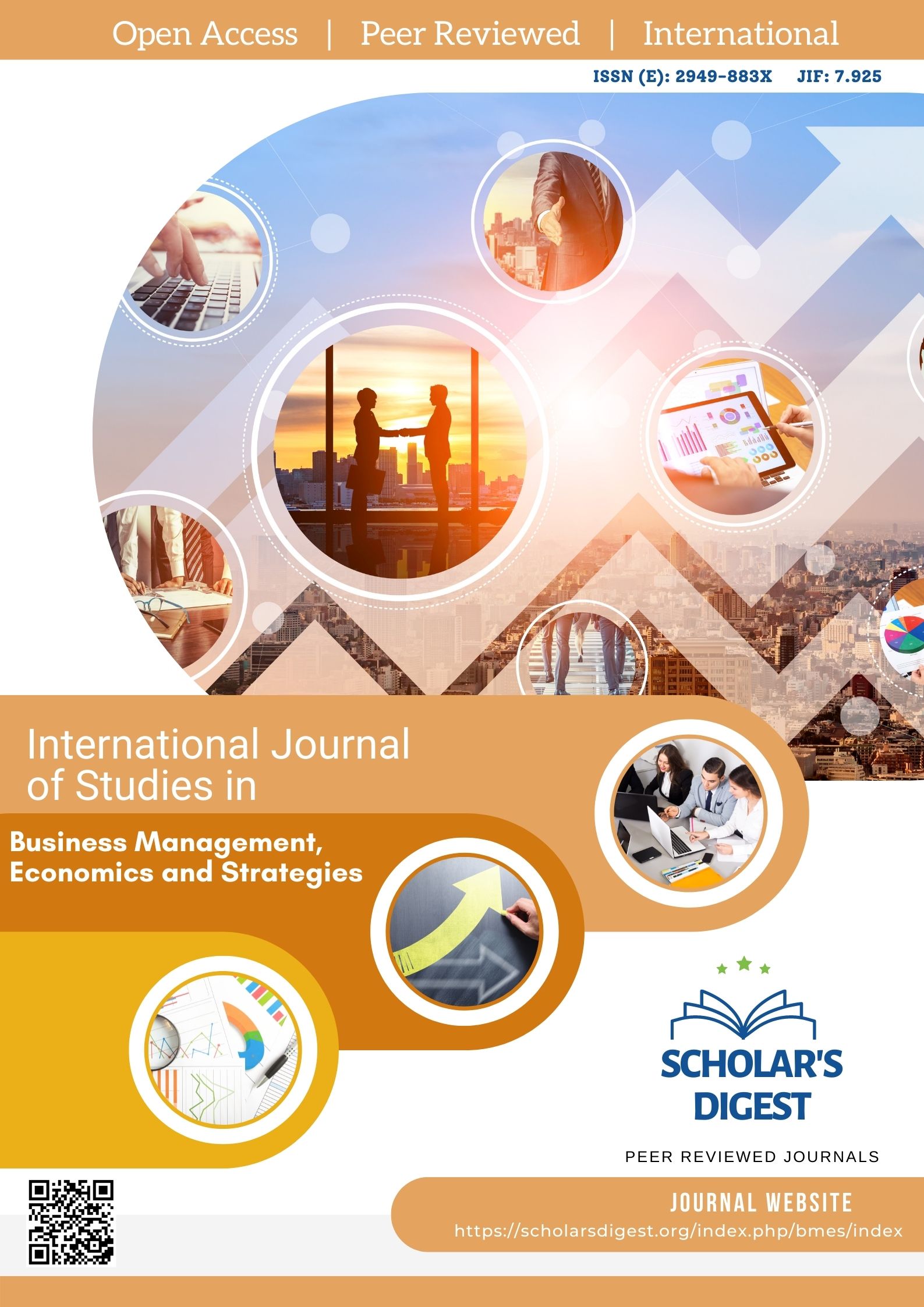THE EFFECTIVENESS OF THE CAUSE AND EFFECT STRATEGY IN THE ACADEMIC ACHIEVEMENT OF FIFTH-GRADE SECONDARY SCHOOL FEMALE STUDENTS IN THE SUBJECT OF QURAN AND ISLAMIC EDUCATION
Keywords:
Cause and Effect Strategy, Academic Achievement, Fifth-Grade Secondary School Female Students, Quran, Islamic Education.Abstract
The current study aims to explore the effectiveness of the cause and impact strategy in the academic achievement of fifth-grade secondary school female students in the subject of Quran and Islamic Education. The significance of this research lies in the extent to which the cause and effect strategy enhances the teaching of Quran and Islamic Education for fifth-grade secondary students. The study seeks to assess the impact of this strategy on improving students' deep understanding of religious concepts and legal rulings, as well as their ability to apply them in practical life. The research problem requires attention to innovative teaching strategies that contribute to enhancing students' understanding and improving their academic achievement. Among these strategies is the cause and effect strategy, which is based on linking events and texts with their causes and effects, thus simplifying the information and facilitating comprehension. The researcher has reached the following conclusions and recommendations: 1.The cause and effect strategy enhances students' understanding of the content of the Quran and Islamic Education by connecting events with causes and effects, leading to a deeper understanding of religious concepts and texts. 2. Implementing the cause and effect strategy improves students' critical and analytical thinking skills, as it encourages them to analyze relationships between events, causes, and their impact on outcomes, thus promoting a more sophisticated understanding and analysis of religious texts. 3. It is recommended to conduct a similar study at other educational levels in the subject of Quran and Islamic Education. 4. It is essential to utilize educational models in teaching Quran and Islamic Education, particularly the cause and effect strategy, which has proven effective in the current study.
Downloads
Published
Issue
Section
License

This work is licensed under a Creative Commons Attribution-NonCommercial 4.0 International License.








